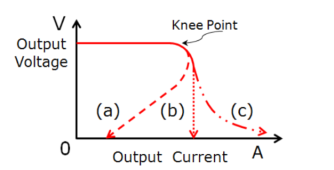I appreciate all the help and feedback!
I ended up just going with the Renogy 100Ah AGM.
Here's my setup so far (it's a mess, but still just testing everything before I fully commit).
I've got the power-supply
unplugged to just test the 12v outlet.
I've got a 12v plug (a 3D printed a cigarette plug since I can't find any at my house!?!?) that I stuck in the outlet.
NOTE: I'm intentionally using small-gauge wires from the outlet to test if/how warm they get
That's going to my homemade volt/ammeter.
Which then goes to a 500 watt inverter
Then into a killowatt type meter
... which is then powering:
- Box Fan on high
- Soldering Iron
- Dremel on high
You can see I'm pushing a lot of juice... 12 amps, which is dropping the voltage close to the battery to about 12.2, and then a pretty big voltage drop at the homemade meter (in part due to the long thin wires).
Grandpa's CPAP shouldn't ever draw close to this much power... but glad to know it can handle any big spikes if ever needed.

I ran it like this for about 10 minutes and I could feel the tiny wires getting a little warm, so I turned off the dremel and power dropped to about 8 amps, which it seemed perfectly happy running continuously.
I'm going to drain the battery down a bit and then plug in the power supply and see how that does.
One thing I'm considering changing is bypassing the 12v car adapter / plug and cutting the 12-24v ResMed adapter and wiring it right to the battery.
 Oh and you'll see the 3D printed pentagon bolt covers I 3D printed for both safety and the ability to screw the bolts by hand :D
Oh and you'll see the 3D printed pentagon bolt covers I 3D printed for both safety and the ability to screw the bolts by hand :D
So, for those curious 3D printed parts in this pic:
- Bolt heads
- Homemade meter box cover
- Cigarette plug adapter
- Car Fuse holder (from power supply to battery)
:D
Looking forward to your thoughts, feedback, criticisms, etc.






